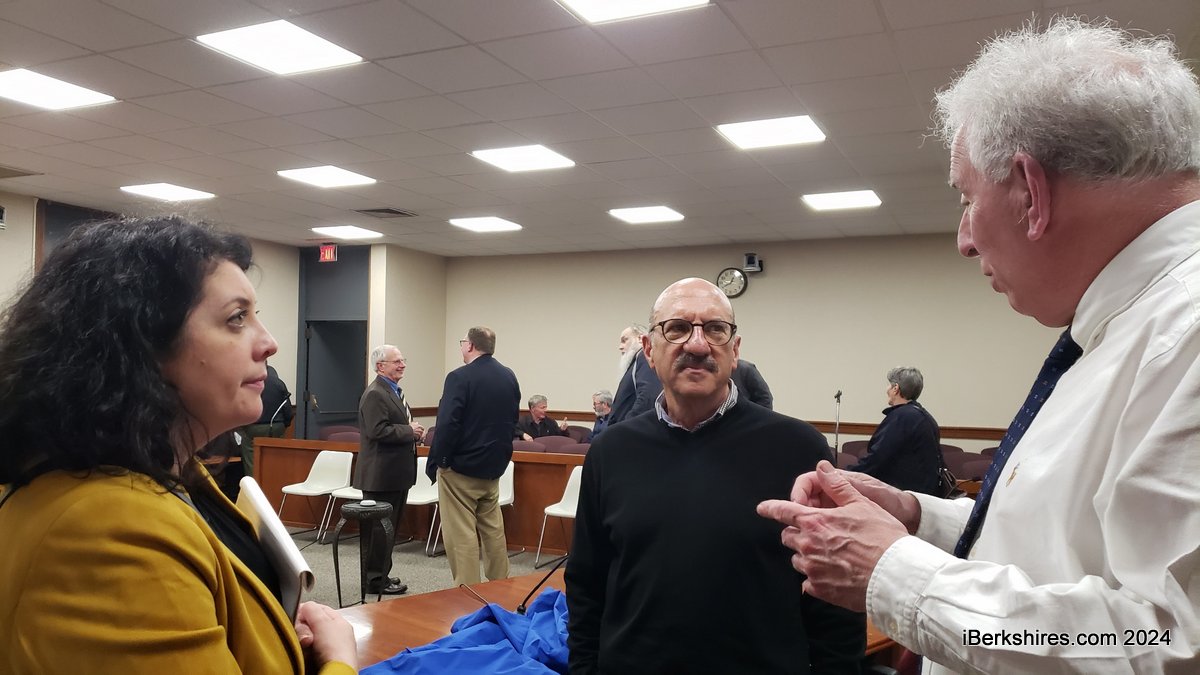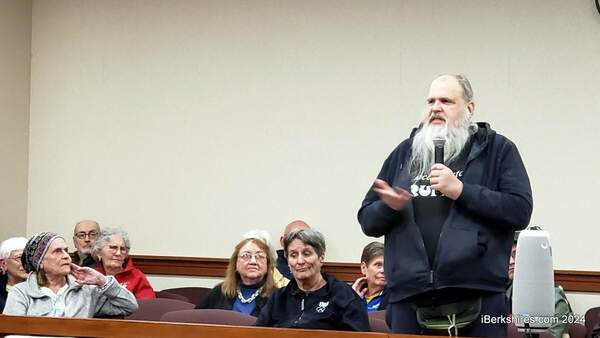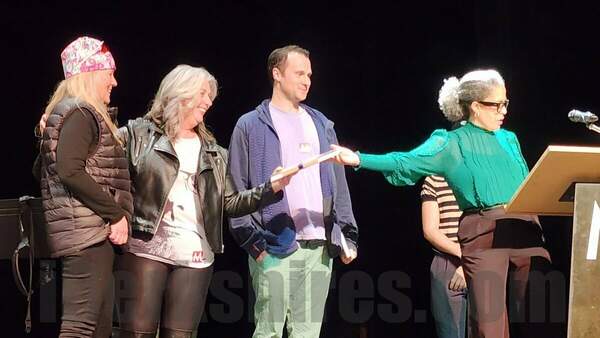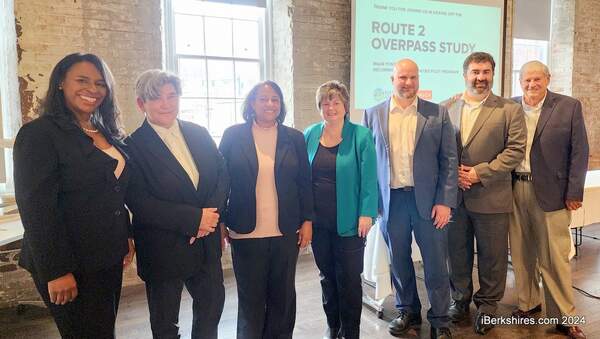Training for the Masses: Public Television ABCs
 |
| Paul W. Marino |
All the better to let you know what you're watching, my dear!
Characters, of course, can be lots of things. They can be parts in a play, or people with very singular or eccentric personalities, like the big clod who writes this column. But in television, characters are something else altogether (which is also something that's been said about the big clod who writes this column, but that's another story).
To us, characters are letters (and numbers, etc.), which we put on the screen by means of a device called the "character generator," also known as the CG.
If you watch commercial TV, you see the character generator in action all the time. Every time you watch the opening or closing credits of a show, you're seeing the results of using a CG. Whenever you're watching the news, and the name of the person on screen appears, that's done with a CG.
Whenever you see a storm warning scroll across the bottom of the screen — or a news story, or stock quotes — that's CG again. In public-access television, we use CGs in exactly the same ways.
The character generator is essentially a computer. It has a keyboard — either built into the unit or attached by a cable — a selection of fonts and font sizes, a selection of colors, and a selection of ways of putting the characters on the screen and taking them off again.
They can be simple to use, or complex. The more complex they are, the more options you have to choose from. Fortunately, our CGs have always been pretty simple to operate, an essential in public access. Bells and whistles are great, but 99 percent of public access shows have no use for them, so it's important to have equipment that's easy
for novices to operate, while having enough bells and whistles for the production geeks.
If you think you'd like to learn how to operate a character generator — or just become a character yourself — come on down and visit us in Building 6 in Western Gateway Heritage State Park or give us a call at 663-9006.
We'll show you just how user-friendly our CG — and the rest of our equipment — is. We'll try to talk you into signing up for a workshop series. And we really hope you will sign up, because most of our programming (and in many ways, the best) is made by ordinary, local people like you. The moral? Don't just watch TV; make it yourself, here at NBCTC.
Paul W. Marino is the program director of Northern Berkshire Community Television Corp.
















